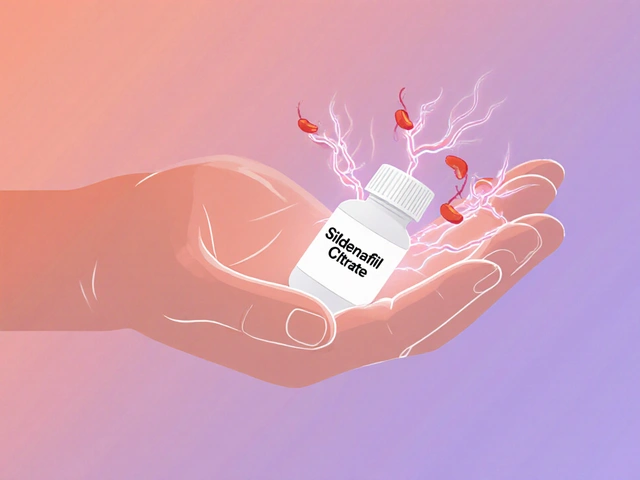Sildenafil Citrate and Chronic Pain: Could This Common Drug Help Beyond Erectile Dysfunction?
November 1 2025Immunosuppressant Alternatives – Safer Paths to Immune Control
When working with Immunosuppressant alternatives, treatments that modulate the immune system without the classic immunosuppressant drugs. Also known as non‑immunosuppressive therapies, they help patients avoid the heavy side‑effects of steroids, calcineurin inhibitors, and antimetabolites. Instead of broad‑acting pills that can raise infection risk or kidney damage, these options aim for precision, better tolerance, and often easier long‑term use.
Key Categories of Immunosuppressant Alternatives
Biologic therapies, engineered proteins that target specific immune pathways such as TNF‑α, IL‑6, or CD20 are a cornerstone of modern alternative strategies. Immunosuppressant alternatives encompass biologic therapies because they shut down only the offending cytokine loops while sparing the rest of the immune network. Patients with rheumatoid arthritis, psoriasis, or inflammatory bowel disease often switch to biologics after traditional drugs fail, enjoying fewer systemic complications and clearer symptom control.
JAK inhibitors, small molecules that block Janus kinase pathways inside immune cells provide another targeted route. JAK inhibitors require oral dosing, which many find more convenient than injections. They share the same goal as biologics—precise immune modulation—but work at the intracellular signaling level. This makes them useful for patients who cannot tolerate biologic injections or who need a faster onset of action.
Corticosteroids, short‑term anti‑inflammatory agents that act quickly to suppress immune activity still play a role, but now as a bridge rather than a long‑term mainstay. In the context of immunosuppressant alternatives, corticosteroids are often used to tame a flare while a biologic or JAK inhibitor reaches therapeutic levels. This tactical use reduces the total steroid exposure and limits classic side‑effects like weight gain, bone loss, or glucose spikes.
Dietary supplements, nutrients and botanicals that may support immune balance, such as omega‑3 fatty acids, vitamin D, and curcumin round out the alternative toolbox. While they don’t replace prescription drugs, many clinicians recommend them to improve overall inflammation control and to potentially lower the dose needed for other therapies. Emerging research shows that a well‑balanced diet can enhance the effectiveness of biologics and JAK inhibitors, creating a synergistic effect.
All these alternatives share a common thread: they aim to target the immune system more precisely, reduce collateral damage, and improve quality of life. Whether you’re curious about switching from a traditional regimen, looking for a complementary supplement plan, or just want to understand the latest options, the articles below break down each option with real‑world comparisons, side‑effect profiles, and practical tips for getting started.
Take a look at the curated collection ahead to see which alternative fits your health goals, budget, and lifestyle the best.
 19 Oct
19 Oct
Cyclosporine vs. Alternatives: Which Immunosuppressant Is Best?
A detailed comparison of cyclosporine with its main alternatives-tacrolimus, mycophenolate, azathioprine, sirolimus-covering mechanisms, side effects, costs and how to choose the right immunosuppressant.
Read More...




